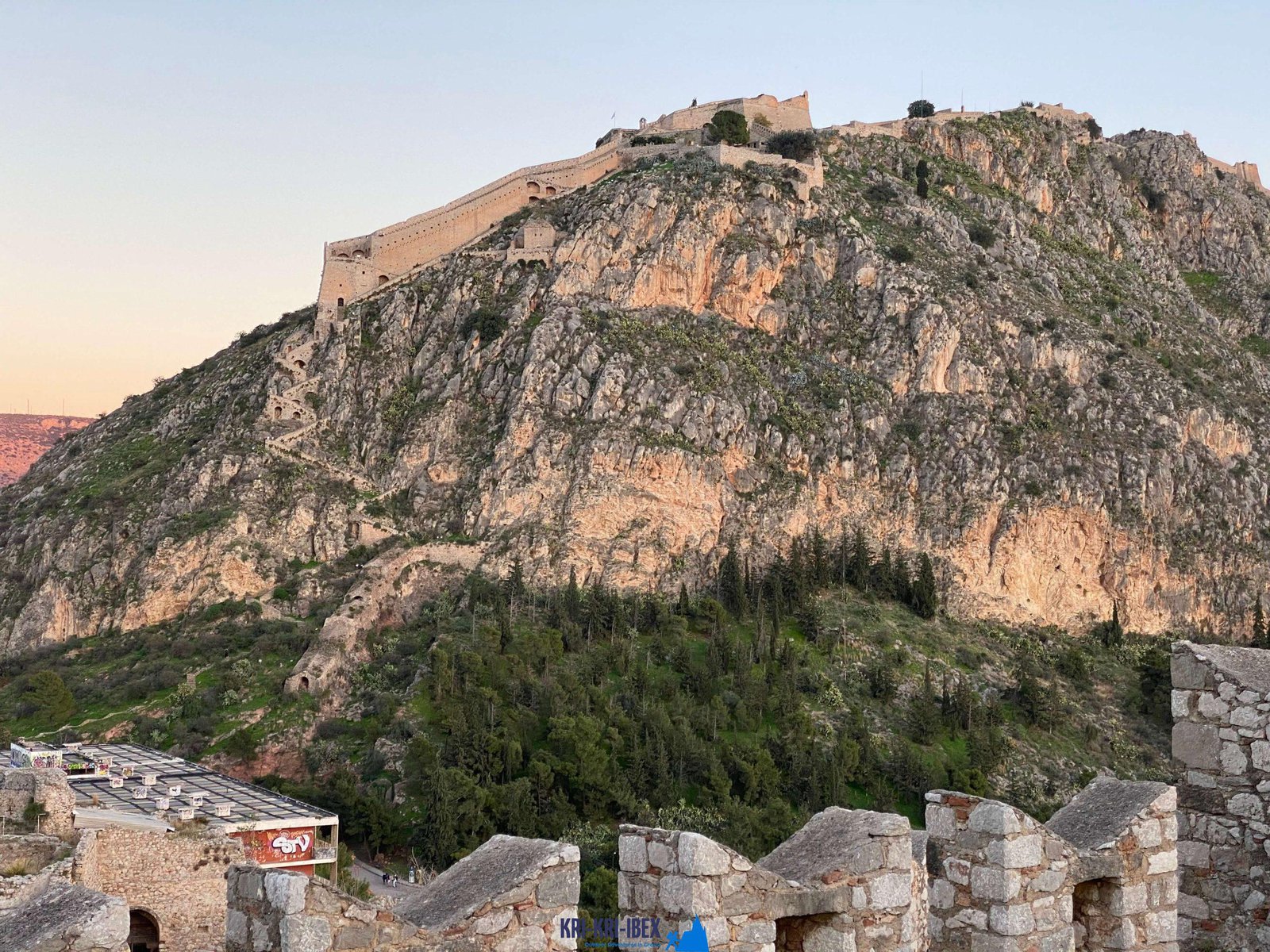Quest the exotic Kri Kri Ibex in Greece on Sapientza island.
Quest the exotic Kri Kri Ibex in Greece on Sapientza island.
Blog Article

The Peloponnese peninsula on the Greek Mainland is often described as the 'genuine' Greece. Since it has managed to remain fairly unblemished by mass tourism and also keeps a lot of its standard charm, this is. If you're looking for an authentic Greek experience, then Peloponnese is the place for you. And also what better method to discover this attractive region than on among our outdoor hunting, angling, and also complimentary diving tours?

This Ibex is not a petite form of the Bezoar Ibex, which has actually migrated to the western side of its range. The kri-kri (Capra aegagrus cretica), additionally referred to as the Cretan goat, Agrimi, or Cretan Ibex, is a wild goat aboriginal to the Eastern Mediterranean. The kri-kri (Capra aegagrus cretica), a feral goat occupying the East Mediterranean, was once believed to be a subspecies of wild goat. The kri-kri has a light brownish layer with a darker neck band. Their two sweeping horns rise from their head. The kri-kri is a wary as well as shy animal in the wild, resting throughout the day. They can jump cross countries or climb up seemingly sheer high cliffs.
Our outside searching, fishing, as well as free diving trips are the best means to see whatever that Peloponnese needs to supply. These tours are created for vacationers that want to leave the beaten path and also really experience all that this amazing region has to use. You'll reach go searching in several of one of the most gorgeous wilderness areas in Greece, fish in crystal-clear waters for a range of different types, as well as totally free dive in several of one of the most stunning coastline in the Mediterranean. As well as most importantly, our knowledgeable overviews will certainly be there with you every step of the way to see to it that you have a pleasurable and safe experience.
There is really something for everyone in the Peloponnese peninsula. Whether you are interested in history and also society or nature as well as outdoor tasks, this is an excellent destination for your next trip. If you are short promptly, our searching and visiting Peloponnese Tours from Methoni is a wonderful way to see whatever this impressive location has to offer.And finally, your Kri Kri ibex trophy is waiting for you.
What is the diference between Kri Kri ibex, Bezoar ibex and hybrid ibex
The kri-kri is not thought to be indigenous to Crete, most likely having been imported to the island during the time of the Minoan civilization. Nevertheless, it is found nowhere else and is therefore endemic to Crete. It was common throughout the Aegean but the peaks of the 8,000 ft (2,400 m) White Mountains of Western Crete are their last strongholds–particularly a series of almost vertical 3,000 ft (900 m) cliffs called ‘the Untrodden’—at the head of the Samaria Gorge. This mountain range, which hosts another 14 endemic animal species, is protected as a UNESCO Biosphere Reserve. In total, their range extends to the White Mountains, the Samaria National Forest and the islets of Dia, Thodorou, and Agii Pandes.
This Ibex is NOT a diminutive form of the Bezoar Ibex, which has migrated into the western-most reach of the range of this species. The kri – kri (Capra aegagrus cretica), sometimes called the Cretan goat, Agrimi, or Cretan Ibex, is a feral goat inhabiting the Eastern Mediterranean, previously considered a subspecies of wild goat. The kri-kri has a light brownish coat with a darker band around its neck. It has two horns that sweep back from the head. In the wild they are shy and avoid tourists, resting during the day. The animal can leap some distance or climb seemingly sheer cliffs.
“The agrimi goat Capra aegagrus cretica is unique to Crete and its offshore islands. It has been identi®ed as a sub-species of the wild bezoar goat Capra aegagrus aegagrus Erxleben, 1777, which it closely resembles in horn shape, body form and coloration. This classi®cation has been disputed by some researchers who claim that the agrimi are feral goats, derived from early domestic stock brought to the island by the ®rst Neolithic settlers. In order to clarify this issue, DNA analyses (cytochrome b and D loop sequences) were carried out on tissue of live and skeletonized agrimi and compared to sequences of wild and domestic caprines. Results conclusively show the agrimi to be a feral animal, that clades with domestic goats (Capra hircus) rather than with wild Asiatic bezoar. This study demonstrates that morphometric criteria do not necessarily re¯ect genetic af®nities, and that the taxonomic classi®cation of agrimi should be revised.”
Report this page